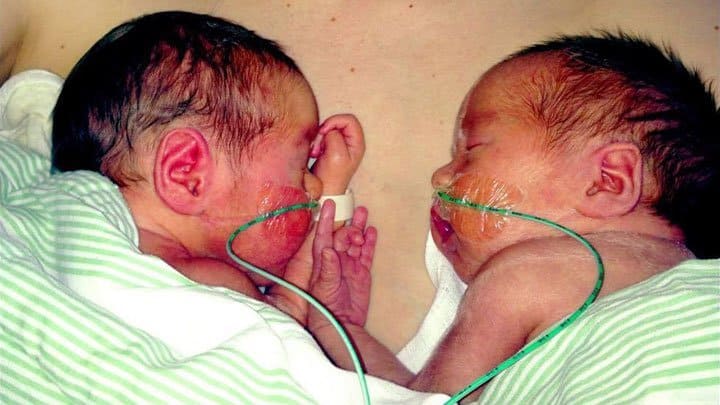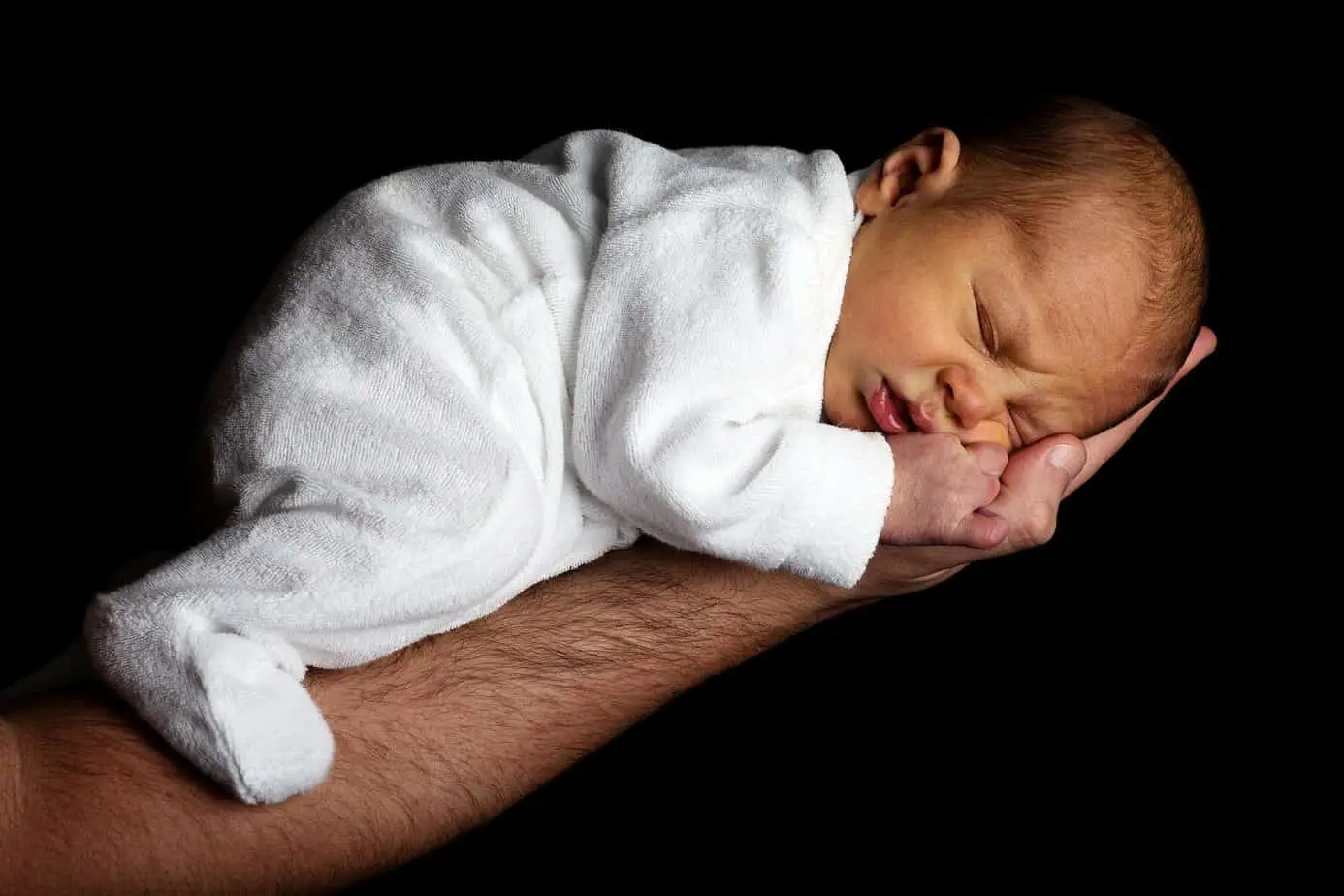Vaginal Twin Birth Increases Risk of Urinary Incontinence
A new Canadian study compares vaginal twin births and planned c-sections to explore the risk of problematic urinary incontinence two years after birth. The results were published in the American Journal of Obstetrics and Gynecology in 2018. Women expecting twins between 32+0 and 38+6 weeks participated in the study. Some of the women had planned c-sections, others planned vaginal births. They answered questionnaires prior to giving birth, and the researchers followed up after two years.
No differences in the rates of anal incontinence
The results showed that women in the planned c-section group had a lower rate of problematic urinary incontinence compared with the planned vaginal birth group. The results also showed that there were no significant differences in the rates of fecal or flatal incontinence between the two groups. Fecal incontinence is the inability to control bowel movements causing stool to leak unexpectedly from the rectum. Flatal incontinence is the inability to control gas.














